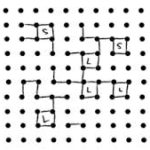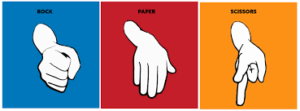Number of Views 1,237
Already a month into grad school, and BH so far so good!
K..backtrack…this was a long month. Smartest thing was coming a day in advance to practice the drive and get student ID, parking decal…all the important things that add to the grad school spirit.
Anyways…the first day of school was full of introductions, and repeating what inspired each and every one of us to begin the journey of becoming an SLP. (In case you aren’t so sure at this point, everyone else will give you good ideas..i left this class feeling very uplifted). The syllabi are generally posted on blackboard in advance of the first day so I had the general idea of what to expect. And then we began learning!
I have to say that classes in graduate school are very interesting!! It’s amazing to watch Professors who are so animated about their subjects, give it over in their own personal way. So thankfully I was stocked up on school supplies (the big Q: laptop vs. pen and paper) and ready to write down every last word that came out of their mouths!!
The teachers are all really nice and fountains of knowledge. I love listening to their stories about clinical experience and their practice in the field. Really makes all the theory come to life. And the best part is how every teacher is convinced that their class is the secret to being a successful SLP!!
BH with yuntif coming up, I have lots of work I need to get a head start on so I don’t fall behind. The hardest part of school is learning to juggle work, school, school work, and regular living time. The classes are intense and we are expected to make school a priority. Which it of course is. Looking forward to successfully completing the semester!!!
So after approximately one month in grad school..i would say…
- still have lots to learn
- thank Heavens clinic doesn’t start till spring
- dates can be on Sunday, Monday, or Thursday- school is a priority right now;)
- BH I’m up to the point of grad school, and IYH I will get through this!!!
K’siva V’chasima Tova everyone!!!!
-I. Schnitzler
I. Schnitzler is a first-year graduate school student at Adelphi University in Long Island. She can be contacted at admin@theraschmooze.com.


















 Internet4classrooms.com targets many of the goals that SLP’s are targeting in their sessions.
Internet4classrooms.com targets many of the goals that SLP’s are targeting in their sessions.








